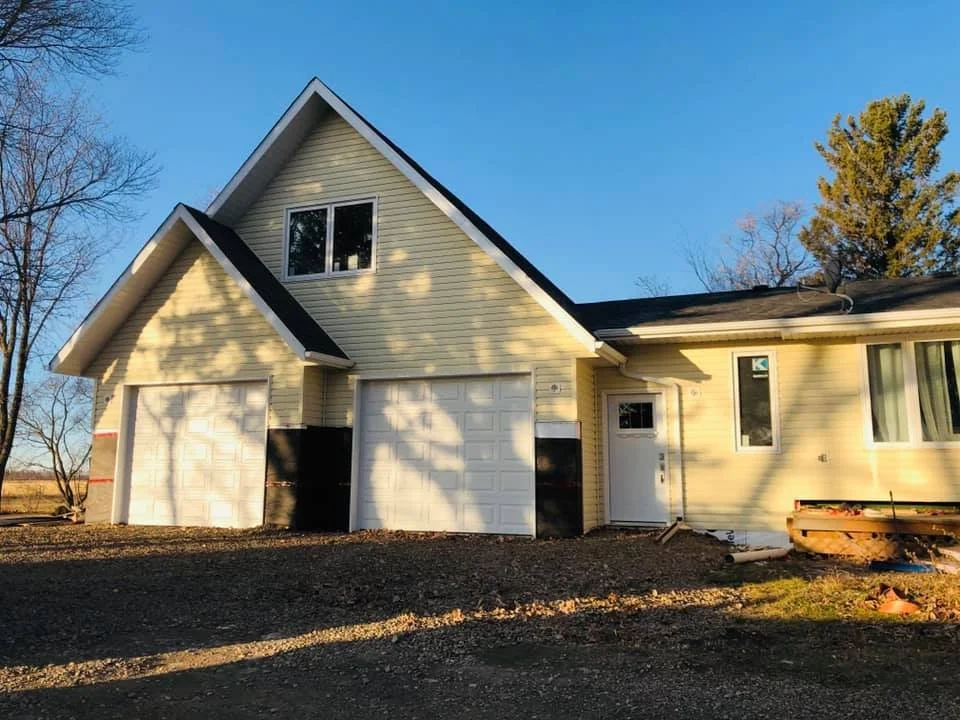As homeowners navigate an unpredictable economic landscape, one question looms large: Will home renovation costs decrease in 2025? After years of volatile pricing, driven by global supply chain disruptions, labor shortages, and surging demand, the prospect of more stable or even reduced costs is a subject of intense interest. While no prediction can be absolute, several critical indicators help shape a data-informed outlook for the year ahead.
Factors That Influence Home Renovation Costs
Renovation pricing is shaped by a complex interplay of macroeconomic and industry-specific factors. Understanding these drivers is essential for anyone considering a remodel in 2025.
Supply and Demand
At the heart of renovation pricing is the balance—or imbalance—between supply and demand. In recent years, heightened consumer interest in home improvement, fueled by increased time spent at home and a low-inventory housing market, placed immense pressure on contractors, manufacturers, and suppliers.
As 2025 approaches, demand may normalize, particularly if inflationary pressures and high interest rates continue to curb discretionary spending. A potential slowdown in new construction and renovation activity could create a more competitive environment among contractors, possibly leading to more favorable pricing for homeowners.
However, regional disparities remain. In urban centers and high-growth markets, demand may continue to outpace supply, sustaining elevated costs. Rural and suburban areas, on the other hand, may experience a contraction in demand that drives prices down.
Material Prices
Fluctuations in raw material costs have been a defining feature of renovation budgets in recent years. From lumber and steel to cabinetry and appliances, prices soared during the pandemic due to global shipping delays, factory shutdowns, and reduced production capacity.
In 2025, material prices are expected to stabilize—though not necessarily return to pre-pandemic levels. With global supply chains recovering and manufacturing output improving, many commodities are seeing decreased volatility. However, the pricing of certain niche or premium materials may remain inflated due to continued logistical challenges or regional scarcities.
For example, engineered wood, high-performance insulation, and imported stone products may still carry a premium. On the other hand, domestic sourcing and alternative materials—like porcelain slab countertops or thermally modified wood—are likely to become more accessible and cost-effective.
Planning and Budgeting for Your Renovation
Regardless of cost fluctuations, success in home renovation hinges on meticulous planning and disciplined budgeting. Homeowners should begin with a comprehensive needs assessment, clearly distinguishing between essential upgrades and aesthetic preferences.
Requesting multiple bids from licensed contractors, scrutinizing their scopes of work, and aligning on realistic timelines helps prevent mid-project surprises. Material selections should be finalized early to lock in prices and mitigate exposure to market shifts.
Building a contingency buffer—typically 10% to 20% of the total budget—is prudent, especially when dealing with older properties or structural changes. Financing should be considered in tandem, whether through savings, home equity products, or renovation-specific loans.
Furthermore, collaborating with a design professional or project manager can bring clarity to complex decisions, ensuring each dollar spent enhances value, function, or longevity.
Start Today!
While some may choose to delay projects in the hope that costs will drop significantly, waiting carries its own risks. Skilled tradespeople often book months in advance, and deferring necessary work can lead to accelerated wear, code violations, or diminished resale value.
The most strategic approach is to begin the planning process now. By initiating designs, securing permits, and locking in pricing for critical components, homeowners can position themselves to act swiftly if favorable market conditions materialize in 2025.
Early preparation not only empowers negotiation but also provides greater control over outcomes—financial and otherwise.
Although no singular trend will define renovation costs in 2025, signs point to a moderation of the steep increases seen in recent years. With supply chains healing and consumer demand potentially tempering, there is cautious optimism for greater cost stability.
Ultimately, those who approach their projects with foresight, flexibility, and informed decision-making will be best positioned to capitalize on opportunities—regardless of which way the market tilts.
